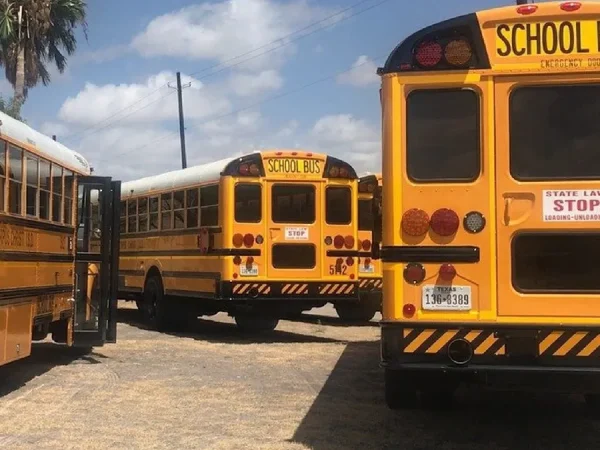Sleep – how big of an issue is it in high schools?
*Opinions expressed in this article represent the views of the editorial board and not necessarily that of the school population or administration.
Sleep deprivation represents – and has represented – one of the biggest growing problems facing teenagers and adolescents in the United States. Chronic sleep deprivation has become more prominent in American institutions, and is impacting our collective work productivity, mental health, and physical health. Unless something is done to combat the reduced hours of sleep people have been getting, the already-existing problem will continue to affect us, as well as future generations.
In the years since 2001, the percentage of American adults who believe they get as much sleep as they need has maintained a similar rate. That statistic doesn’t give a good view of the whole picture, however. The percentage of people who are confident they get enough sleep is actually significantly lower than it was in the ‘90s. According to a Gallup poll, 59% of U.S. adults meet the standard for proper amounts of sleep. In 1942, 84% did. This shows a drastic decrease in the number of adults who believe they are getting enough sleep, and it reveals how sleep deprivation has become more of an issue for Americans in recent years. In addition, the poll breaks down how much sleep different age groups have. It found that people aged 65 and older reported having the most sleep, while nearly half of people aged 18-29 reported having having less than enough sleep.
While it is a problem on the national level for people of all age groups, sleep deprivation presents itself most as a problem for high schoolers. According to Nationwide Children’s Hospital, teenagers need between 9 and 9.5 hours of sleep. However, teenagers are only getting between 7 and 7.25 hours. The consequences of this, while typically coming in the form of tired eyes and a persistent grogginess, can be much more disastrous. An article from the Child Mind Institute, with information from a National Sleep Foundation study, presented the fact that drowsiness or fatigue is the principle cause of at least 100,000 traffic accidents each year. Chronic sleep deprivation is linked to a wide array of problems other than reckless driving, including depression, aggression, substance abuse, and increased likelihood to engage in other risky behaviors.
There are many reasons why sleep deprivation is most prevalent in teens and adolescents. The most basic reason is biology: during their teenage years, humans observe a change in their bodies’ melatonin production. Melatonin is the hormone that regulates one’s sleep cycles. For teenagers, it’s natural to go to sleep at later times than older adults and younger children. Modern technology also plays a role in teenage sleep deprivation. A 2015 Stanford Medicine article stated that 92 percent of U.S. teens have smartphones. Electronics and social media can be addictive, and the light emitted by electronics sends a signal to the brain that suppresses melatonin production, causing people to stay up even later. Electronics use stimulates the brain, and keeps people from falling asleep as quickly as they normally would. For high schoolers, school itself is also a huge factor. Having multiple quizzes or tests within the same week, a big project, or a major exam coming up can have a student staying up late for days, or even weeks, consecutively. Having large amounts of schoolwork creates a kind of paradoxical cycle, in which students, who stay up late studying hard and doing classwork are unable to function properly in class the next day. Early school start times just make this issue far worse.
With less than 10% of U.S. high school students getting the recommended amounts of sleep, school productivity really is being limited on a wider scale because of sleep deprivation among students. One of the most commonly-cited solutions to the problem is changing school schedules. The American Psychological Association cited a 2014 case in which a Wyoming high school pushed its starting times from 7:35 AM to 8:55 AM. A report on the school found that 1st period student grades improved greatly, and students got an average of 50 more minutes of sleep. The APA article followed up by stating that, in November 2016, Seattle Public Schools voted to delay high school starting times to 8:45. One of the problems critics have found with making school start times later is that it would also require rearranging bus schedules and times for middle and elementary schools. Given the case of Seattle Public Schools, however, it’s evident that a restructuring of school start times and bus schedules can work out.
Changing school start times across the board represents a much-needed change in the American education system. Not only would it greatly reduce the stress on students and faculty, but it would, as a result, improve productivity, safety, morale, and levels of attention in the classroom. For all intents and purposes, a shift in school start times would contribute to the betterment of American schooling.

Beat: Current Events
Oliver Sojka is a senior in ISP. Outside of school, he loves fishing, reading, hiking, and playing games with friends.
Favorite...








